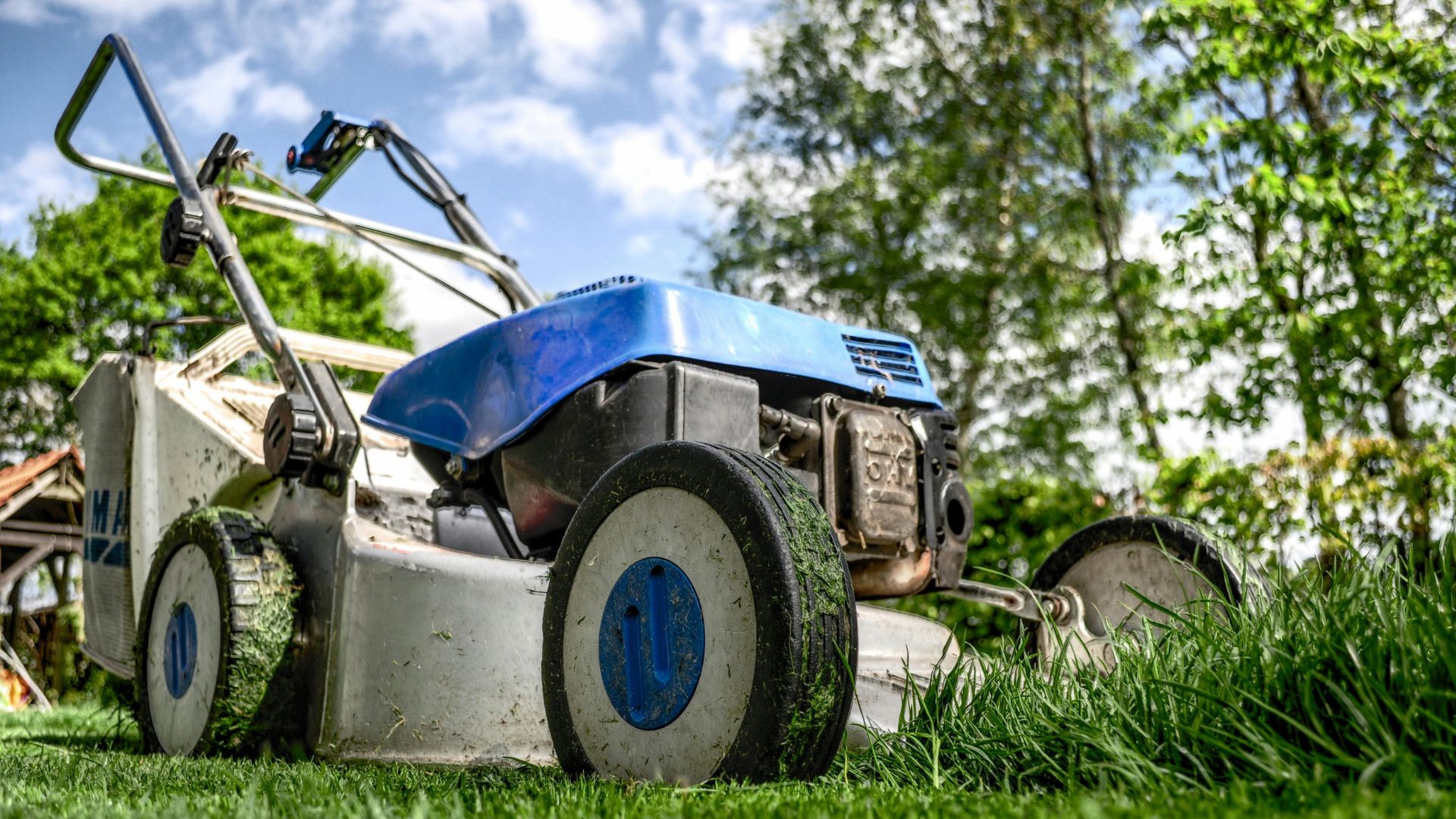
If you want greener, healthier grass then knowing how to fertilize a lawn is going to be a must this spring. Packed with goodies that grass loves, fertilizer promotes healthy growth, keeps weeds at bay and should be part of your regular lawn maintenance.
It's also a good idea to fertilize the soil after overseeding a lawn and when you need to fix patchy grass or sow new seed.
According to gardening expert Morris Hankinson, Managing Director of Hope Grove Nurseries, says: "Many fertilizers are available as either granules or a liquid, and you can now get organic alternatives to chemical fertilizers, too.
"There's a lot of choice available when it comes to lawn fertilizing, you need to think about what will work best for you, your lawn and your soil."
Read on to find out about our six step guide to fertilizing a lawn.
The tools you'll need for fertilizing a lawn
Learning how to fertilize a lawn is an easy task, and the good news is you hardly need any tools to get started.
- Spreader (optional)
- Your best lawn mower (our #1 is the EGO Power+ LM2135SP 21-Inch Select Cut)
- Fertilizer, like this Scotts Turf Builder Weed & Feed3, 5,000 sq. ft., 14.29 lbs ($34.49 at Amazon)
- Bucket (to mix liquid fertilizer with water if using this type of product), like this Suncast Resin 15.5 Gallon Multi-Purpose Cart with Wheels ($39.88 at Amazon)
Quick steps on how to fertilize a lawn
- Find the right time of year
- Prepare your lawn
- Choose your fertilizer
- Apply the fertilizer
- Water the lawn
- Maintain the lawn
Step by step guide: How to fertilize a lawn
1. Choose the right time

"It's important to choose the right time to fertilize your lawn to ensure the grass roots absorb it fully," Morris told Top Ten Reviews. "Generally, you should fertilize a few times a year, firstly in spring (March/April), then again in the height of the summer, particularly if we're experiencing hot weather as fertilizer will help protect your grass.
"Finally, you will want to fertilize your lawn in the autumn (late-September or early-October) to protect it over the winter."
2. Prepare your lawn
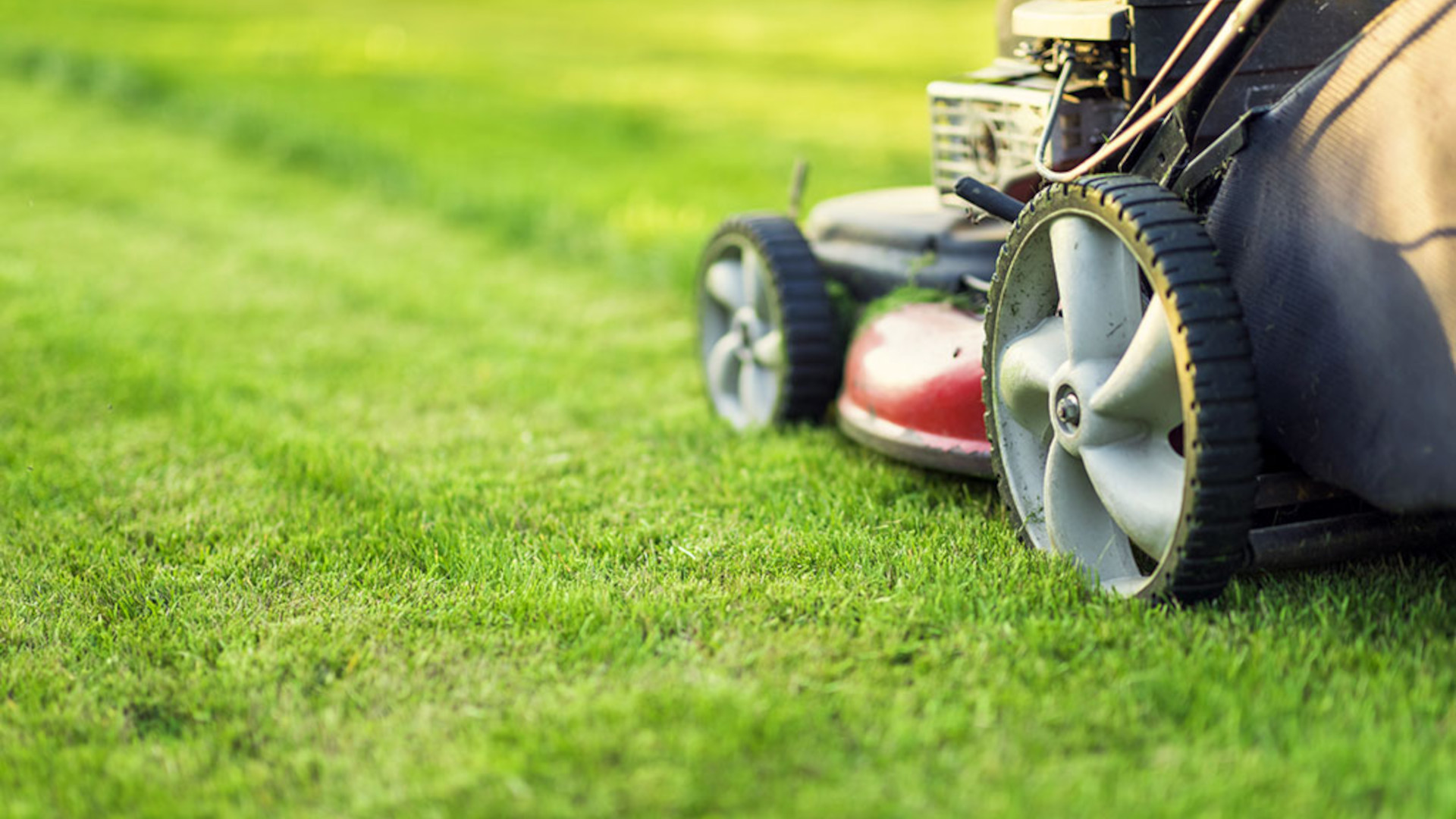
Before you fertilize your lawn, you need to ensure it's been prepared to allow as much absorption as possible.
Morris recommends mowing the lawn a few days before you plan on fertilizing it, and also removing any weeds. "To be effective, the soil cannot be too dry so it's a good idea to water your lawn the day before you want to apply the fertilizer."
3. Choose your fertilizer
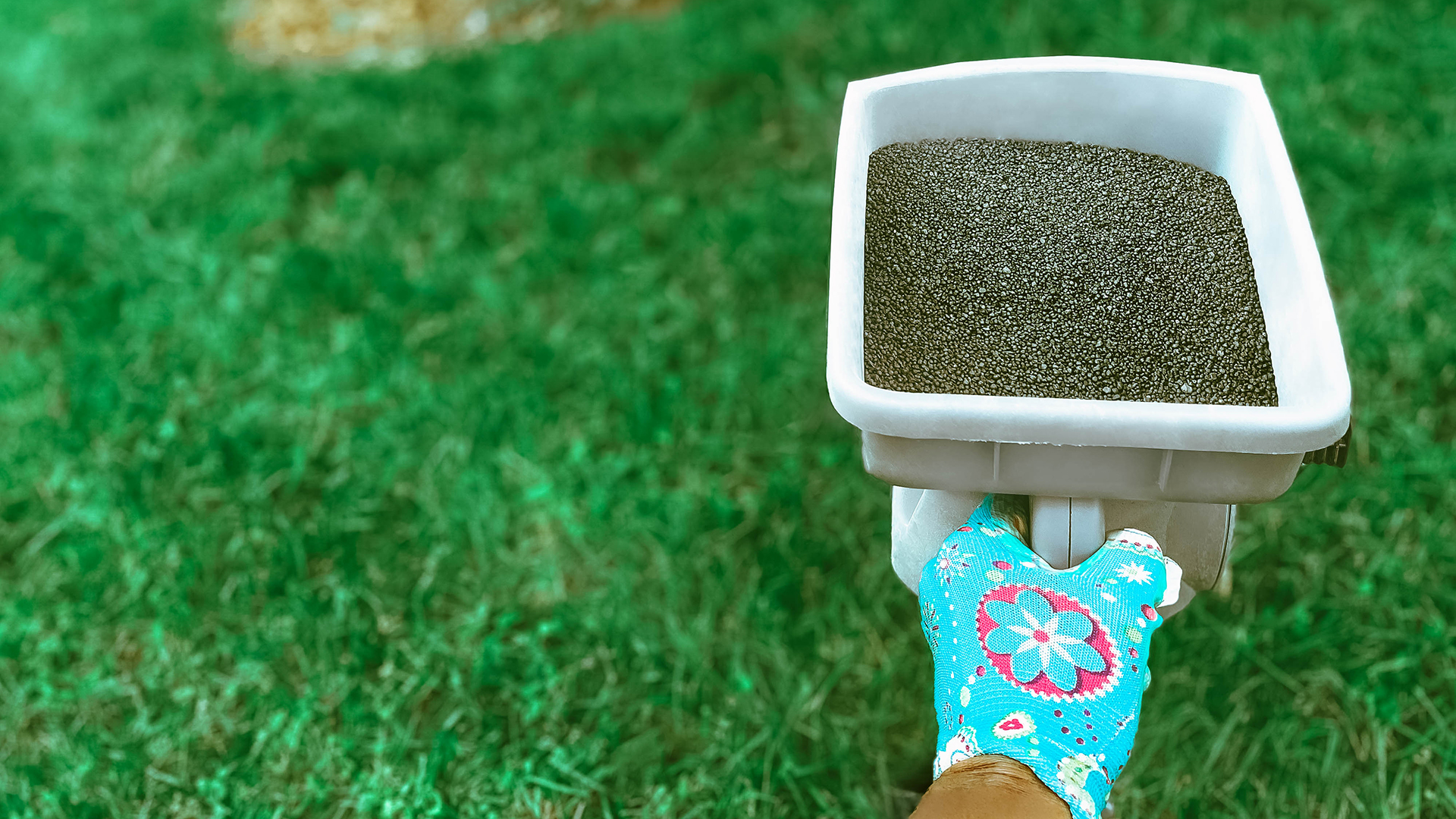
"There are many different types of fertilizer so you need to research which one will be best for the type of grass and the type of soil that you have," says Morris.
"Fertilizers will contain different ratios of nitrogen, phosphorus and potassium so which type of fertilizer you choose will depend on why you're fertilizing your lawn. For example, nitrogen helps with growth, phosphorus helps with root development and potassium helps with disease resistance.
"Different fertilizers also work better at certain times of the year (you ideally want a fertilizer that is higher in nitrogen during the spring/summer and then a fertilizer that's higher in potassium/phosphorus during the autumn and winter).
4. Apply the fertilizer
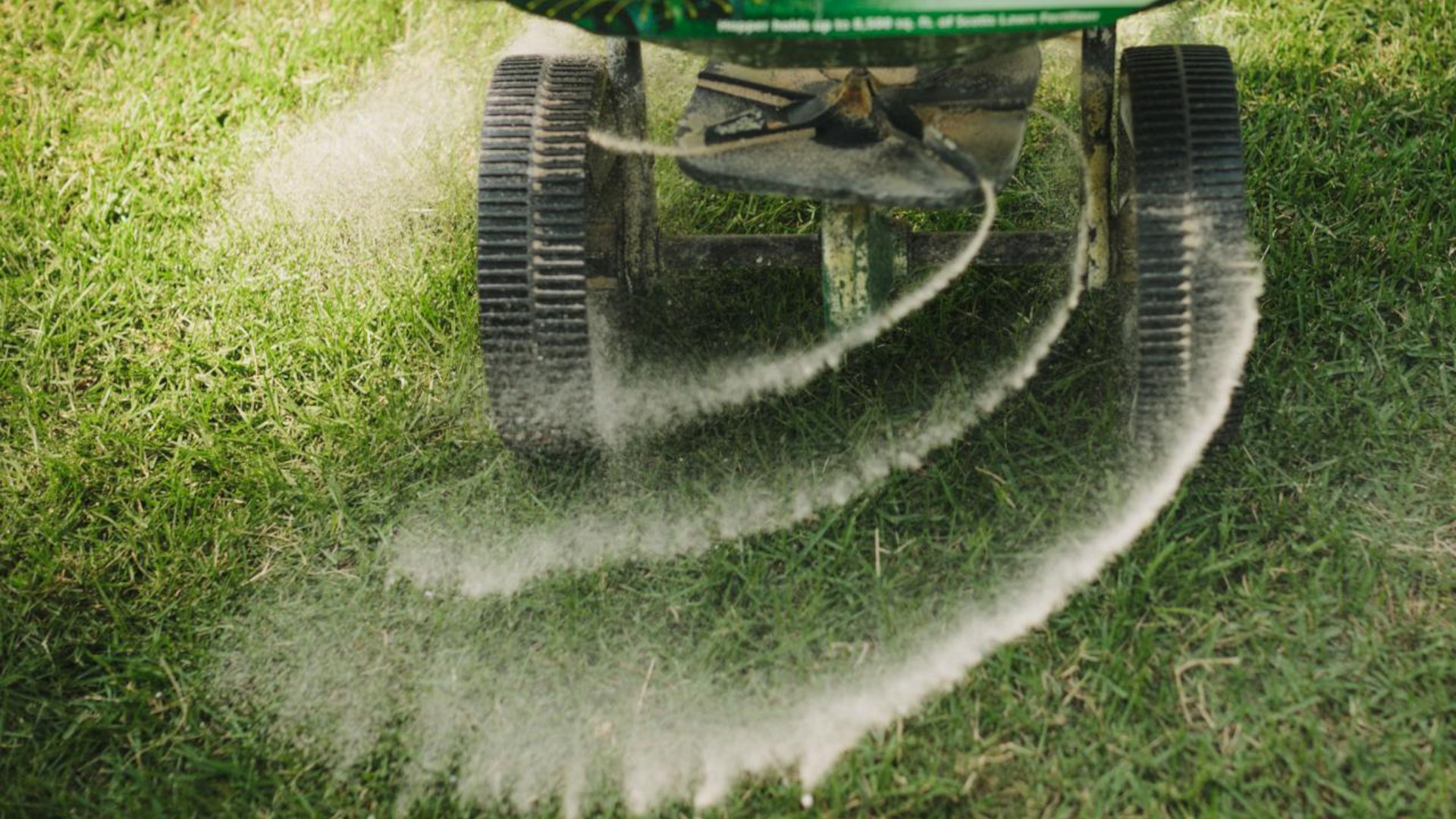
Now it's time to apply your fertilizer. Morris shares: "You can either do this by hand or by using a spreader - generally a spreader is better if you have a large lawn or a lot of ground to cover.
"You ideally want to avoid applying fertilizer in the sun so try to choose a time when it's either cloudy or once the sun has set. Every type of fertilizer will have its own instructions as to how to apply it but, generally speaking, you want to spread your fertilizer evenly across your lawn."
5. Water your lawn
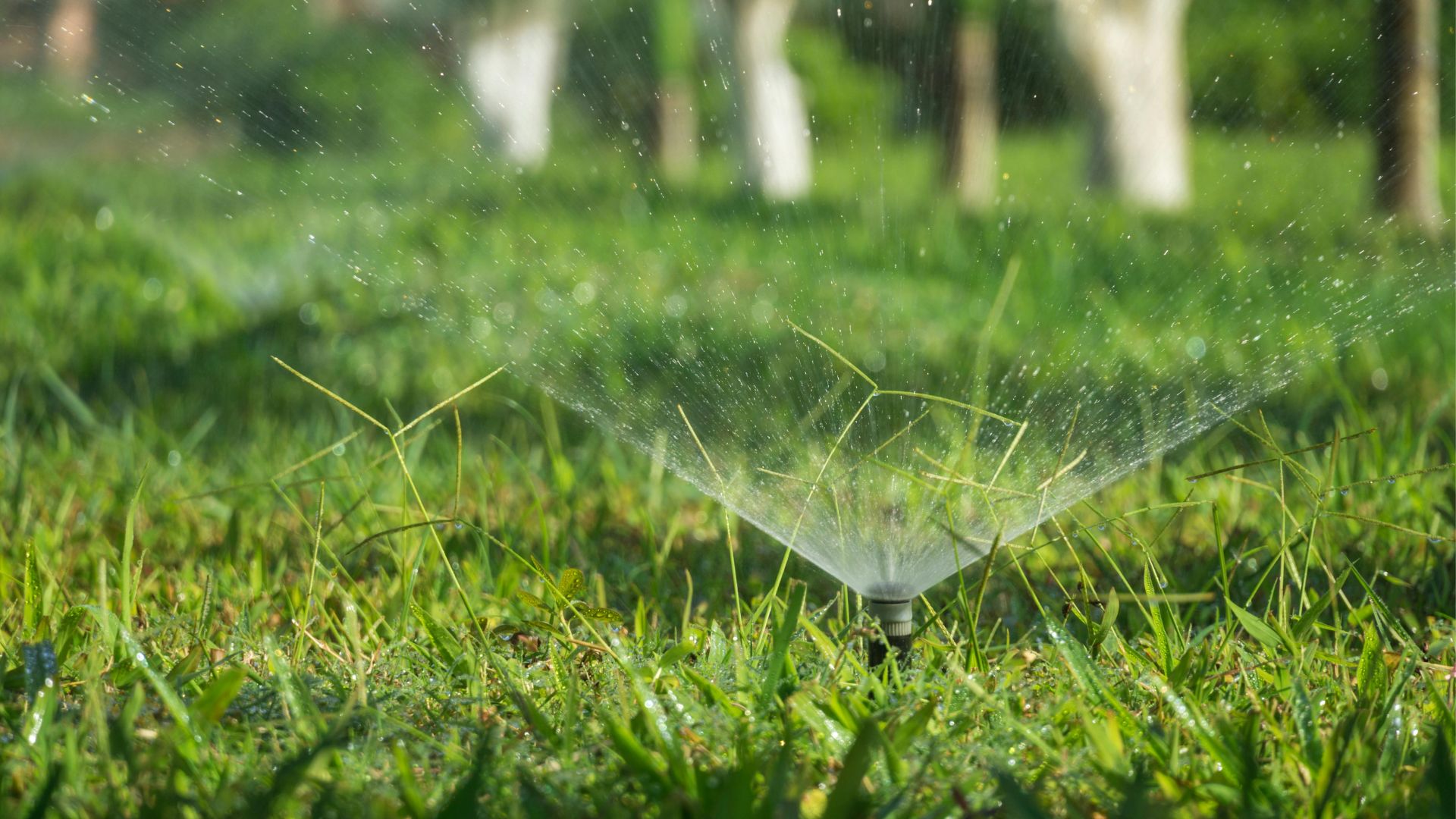
It's really important to water your lawn after you've applied the fertilizer to ensure it has absorbed properly. "Water the lawn lightly as heavy watering could wash away the fertilizer," recommends Morris.
6. Maintain your lawn
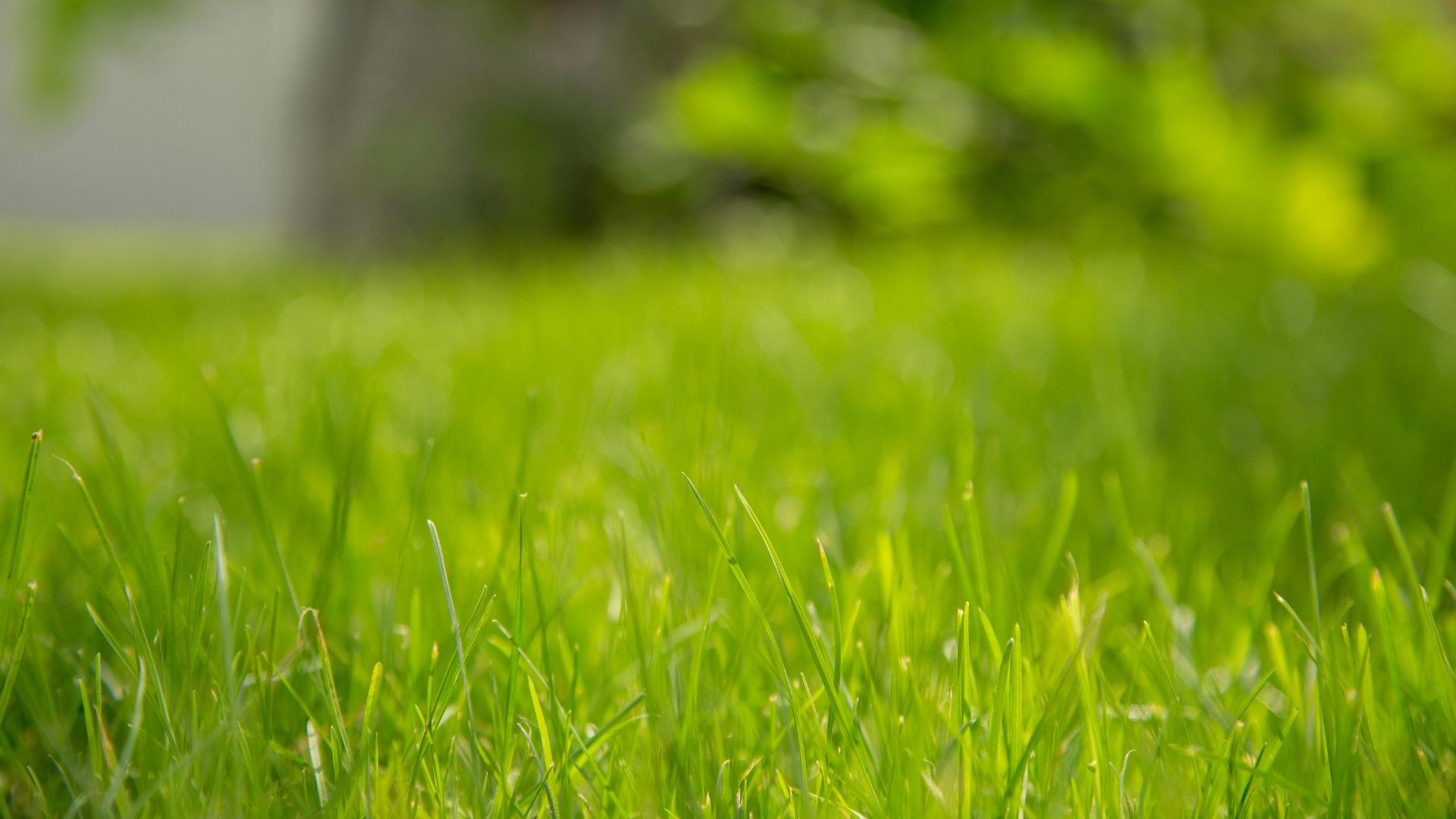
"After you've fertilized and watered your lawn, leave it alone for around two weeks to allow the nutrients to be absorbed fully.
"After this, you can mow your grass, remove weeds and carry out general maintenance as you would normally. If you start to notice signs of nutrient deficiency (your lawn may start to look a yellow colour), take a look at how long your fertilizer is supposed to last (you can get slow or quick releasing fertilizers) as it might be time to re-apply," says Morris.
FAQs
How long does it take to fertilize a lawn?
This depends on the type of fertilizer you are using. A fast-release one will typically get to work within 24 to 48 hours, whereas slow-release takes a bit longer, usually around two to seven days.
What are the benefits of using fertilizer?
If you enjoy using your lawn for playing sports and family gatherings, have children and/or pets, you'll want to get in the habit of fertilizing your lawn. That's how to get healthy, green grass that can take the wear and tear from the foot traffic, as well as the weather. A well-fed lawn is also less likely to be full of weeds.







